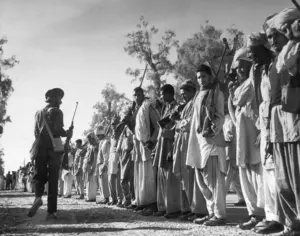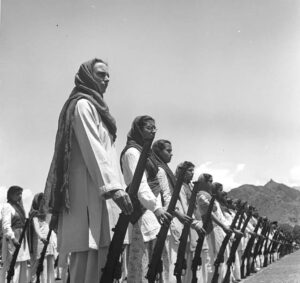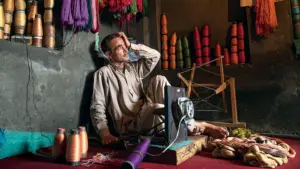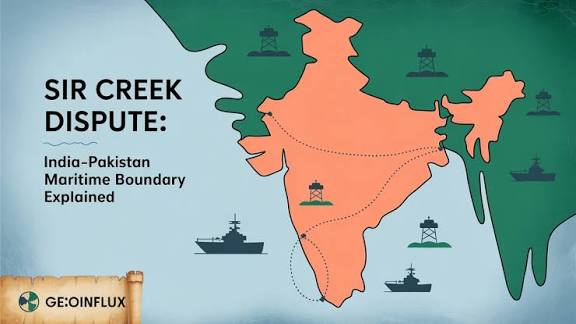By: Dr Safia Yousuf (Research Scholar)
One of the enduring features of Kashmir’s modern history is the failure of economic policy to speak to the lived experience of its people. While political questions have
dominated the region’s public discourse, the everyday economic concerns—employment, mobility, dignity—have often been treated as secondary, or at best instrumental. Development has been imagined as a stabilising mechanism, not as a project of deep social investment. But beneath this surface, something modest yet consequential is unfolding: young people, long disillusioned with the promises of public sector employment and alienated from formal economic institutions, are slowly turning towards small-scale entrepreneurship. This shift is neither sudden nor dramatic. It is quiet, often unnoticed, and always shaped by constraint. But it signals a rethinking of economic agency that deserves to be taken seriously—not because it offers quick solutions, but because it reveals how people
live when the state has no comprehensive economic answer.
In Kashmir, the desire for government jobs has historically been more than an preference—it has been a structural consequence of the region’s economy. With limited industrial development, restricted private capital flows, and persistent political volatility, the state became the principal economic actor. Employment in government institutions offered not just a salary, but security, legitimacy, and a place in the social order. The cultural prestige of public sector jobs was reinforced by the absence of credible alternatives. This model, however, is now visibly fraying. The number of vacancies in public institutions has declined. Recruitment is slow and often suspended. Unemployment rates among educated youth remain among the highest in the country. And crucially, the distance between education and employability has widened. In this context, entrepreneurship has emerged less as a celebration of innovation and more as a response to exclusion.
This response is uneven, shaped by geography, class, gender, and connectivity. It is not driven by state policy, but by necessity. The ventures that have emerged—home- based bakeries, tailoring units, handicraft stores, cafes, food delivery services, digital content creation—are often informal, small in scale, and built from minimal resources. Many are self-funded. Few have access to formal credit. But they are not marginal. They are becoming part of a broader social adjustment: an attempt by the youth to negotiate a place in the economy on their own terms. These ventures provide income, allow for some autonomy, and in many cases, offer employment to peers or family members. In doing so, they challenge the assumption that economic vitality in Kashmir must wait for large-scale investment or state-led transformation.
To understand the significance of these small enterprises, one must locate them within the broader political economy of the region. Entrepreneurship here is not simply a business decision. It is a reorientation of hope in the absence of structured opportunity. It is about reclaiming time, space, and possibility in a context where futures often appear suspended. Unlike the metropolitan startup culture that thrives on high risk and scalability, the entrepreneurship emerging in Kashmir is about stability. Its primary objective is not expansion, but survival with dignity. And that distinction matters. Because it shows that the meaning of economic participation is context-dependent. In Kashmir, where institutional access is uncertain and public employment is scarce, small ventures function as acts of repair—economic, psychological, and social.
Yet this shift, though promising, remains fragile. Most ventures operate without institutional support. Credit remains difficult to access, particularly for women and youth in rural areas. There is a lack of advisory infrastructure—no stable system of business training, mentorship, or legal guidance. Bureaucratic procedures remain complex, and government schemes are either difficult to access or not tailored to the realities on the ground. The digital divide further compounds the problem. For those who rely on online platforms for sales or marketing, disruptions in connectivity have direct consequences for survival.
This is not to say that the state has done nothing. There are schemes in place—Startup India, PMEGP, skill development initiatives. But these schemes are often conceived with national frameworks in mind and transplanted onto Kashmir with little adaptation. What is needed is not more policy volume, but better policy calibration. Policymakers must start by recognising that Kashmir’s economic conditions are structurally different, not temporarily disadvantaged. The entrepreneurial transition underway in the Valley is specific—it is shaped by historical dependence on the state, by political uncertainty, and by social constraints. A meaningful response must reflect this specificity. It must be modest in rhetoric, precise in design, and consistent in delivery.
Three things follow. First, access to finance must be localised. Microcredit models adapted to the needs of small businesses—especially those run by women—can have disproportionate impact. But the process of applying, verifying, and receiving funds must be simplified. Second, infrastructure for entrepreneurship must be decentralised. District-level centres that offer accounting assistance, branding advice, legal literacy, and business mentorship could provide a public-good framework for an otherwise scattered ecosystem. Third, data matters. Most of these ventures remain undocumented. Without reliable data on their number, size, scope, and outcomes, it is impossible to design interventions that are responsive. A detailed mapping of youth-led businesses across districts would be a valuable first step.
One must also resist the temptation to treat entrepreneurship as a moral panacea. It cannot solve the structural crisis of employment in Kashmir. It will not compensate for the absence of industrial policy, long-term investment, or regional integration. But what it can do is hold the line. It can prevent further erosion of economic confidence. It can provide temporary anchors. It can help sustain a generation that no longer sees the state as its sole economic guarantor. And that role, though limited, is not trivial.
The story of entrepreneurship in Kashmir is not about success in conventional terms.
It is about persistence. It is about choosing to act when action seems futile. It is
about reclaiming space in an economy that has long been shaped by inertia. And it is
about rebuilding, slowly, the social networks that make economic life possible. In that
sense, it offers a subtle but significant lesson: that development is not always born
from grand designs. Sometimes, it begins in the decision to not wait.











Nice write up,well concluded.